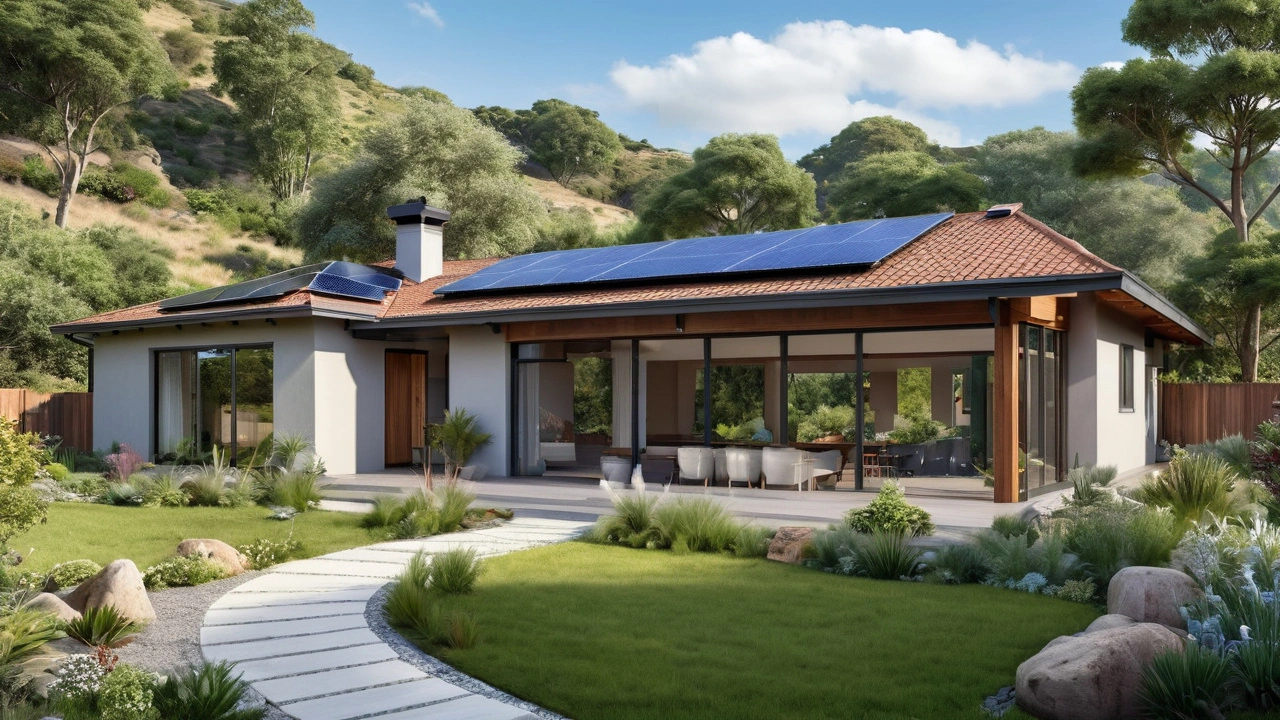Ranch-style homes are gaining popularity as the ideal choice for sustainable living. These single-story homes offer an array of benefits, including energy efficiency and the close connection to nature. Their design makes them perfect for solar panel installation and rainwater harvesting. This article explores the features that make ranch-style homes an eco-friendly option, with tips on optimizing your home for sustainability.
Sustainable Living in Architecture: Simple Changes that Make Buildings Greener
Buildings are responsible for a huge slice of energy use and carbon emissions worldwide. That sounds scary, but it also means small changes to homes and public buildings add up fast. Here you'll find clear, practical moves you can use whether you own a house, manage a renovation, or care for an old building.
Sustainable living in architecture isn't just about solar panels. It starts with choices you can make today: how a building is oriented, the materials you pick, and how you tighten up heat and air leaks. These decisions cut bills, make interiors more comfortable, and help the planet at the same time.
Smart design moves that save energy
Orientation and passive solar design: point main living areas to the sun when possible. In winter you get warm light; in summer, use overhangs or shades to keep heat out. Insulation and airtightness: sealing gaps and upgrading insulation often gives the fastest payoff. You’ll notice smaller heating and cooling bills within months.
Windows and daylight: swap single-pane windows for double or triple glazing if you can, or add storm windows. But also think daylighting—skylights and well-placed windows reduce the need for electric lights during the day.
Heating and cooling: a modern heat pump replaces older electric or gas systems and uses far less energy. Add a programmable thermostat and zone controls so you heat only rooms you use. Don’t forget regular maintenance—clean filters and seal ducts for better efficiency.
Materials, reuse, and small projects with big impact
Choose low-embodied-carbon materials: reclaimed wood, recycled metal, and low-VOC paints cut environmental cost up front and make homes healthier. For older houses, adaptive reuse and careful retrofit keep the character while improving performance—think restoring original windows with added weatherstripping or insulating behind historic walls without removing details.
Solar panels and batteries pay off faster than people expect in many places—5–12 years is common depending on local incentives. If rooftop solar isn’t an option, look at community solar. Rainwater capture and efficient fixtures reduce water bills and ease pressure on local supplies.
Landscaping matters: native plants need less water and add shade. A green roof cools the building and extends roof life. Small behavioral changes—lowering your thermostat a degree, using LED bulbs, and running full laundry loads—add up to real savings.
If you like digging deeper, read site pieces about preserving older styles while upgrading performance—articles on Greek Revival preservation, Colonial architecture, and Beaux-Arts adaptations show how historic buildings can meet modern efficiency without losing what makes them special. Pick one project, plan it, and you’ll see how small steps turn into long-term benefits for comfort, bills, and the planet.
Want ideas for your specific building? Start with an energy audit, prioritize insulation and air sealing, then tackle heating and renewable systems. That order usually gives the best return and the fastest improvement in comfort.

